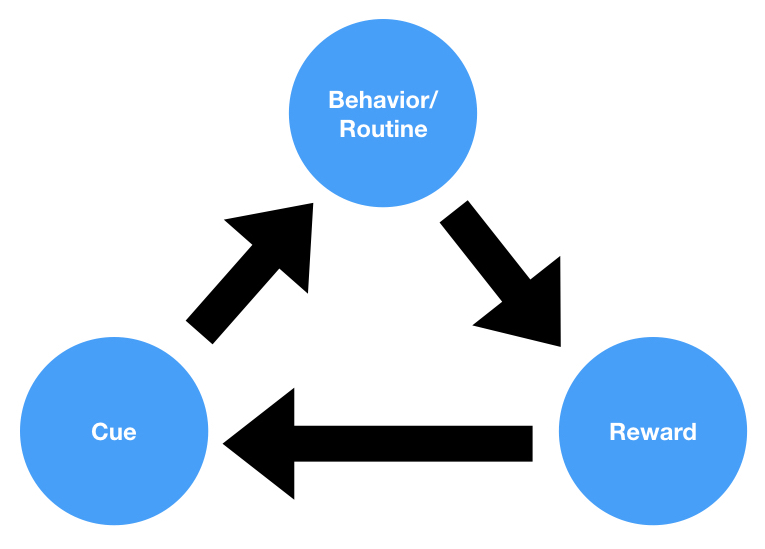What is the Mesolimbic Circuit?
The mesolimbic circuit, also known as the mesolimbic dopamine system, is a major neural pathway in the brain that plays a central role in the processing of reward, motivation, and reinforcement. The circuit consists of a series of interconnected brain regions, with dopamine neurons originating in the ventral tegmental area (VTA) and projecting to various limbic structures, including the nucleus accumbens, hippocampus, and amygdala.
Components
-
Ventral Tegmental Area (VTA)
The VTA is a group of dopamine-producing neurons located in the midbrain. It serves as the primary source of dopamine release within the mesolimbic circuit. The VTA plays a crucial role in reward processing and motivation, as well as in the development of addiction.
-
Nucleus Accumbens
The nucleus accumbens is a central component of the brain’s reward system, located in the ventral striatum. It receives dopaminergic inputs from the VTA and is involved in processing the rewarding and reinforcing properties of natural rewards (e.g., food, sex) as well as drugs of abuse.
-
Hippocampus
The hippocampus is a key structure in the medial temporal lobe, primarily involved in learning and memory processes. It interacts with the mesolimbic circuit through its connections with the VTA and nucleus accumbens, contributing to the encoding of reward-related information and the formation of context-dependent memories.
-
Amygdala
The amygdala is an almond-shaped structure located in the medial temporal lobe. It plays a crucial role in processing emotional information and assigning emotional valence to stimuli. Its connections with the mesolimbic circuit are critical for the integration of emotional and reward-related information.
Functions and Relevance
-
Reward and Reinforcement
The mesolimbic circuit is central to the brain’s reward system, facilitating the processing of rewarding and reinforcing stimuli. It mediates the pleasurable feelings and motivation associated with natural rewards and is critical for reinforcement learning, helping to guide behavior towards actions that result in positive outcomes.
-
Addiction
Drugs of abuse, such as cocaine and opioids, can hijack the mesolimbic circuit by artificially stimulating dopamine release in the nucleus accumbens. This leads to an intense sense of pleasure and reward, which contributes to the development of addiction and compulsive drug-seeking behavior.
-
Motivation and Decision-Making
The mesolimbic circuit is involved in the regulation of motivation and the evaluation of potential rewards during decision-making processes. Alterations in the function of this circuit have been implicated in various psychiatric disorders, such as depression, schizophrenia, and attention-deficit/hyperactivity disorder (ADHD).




